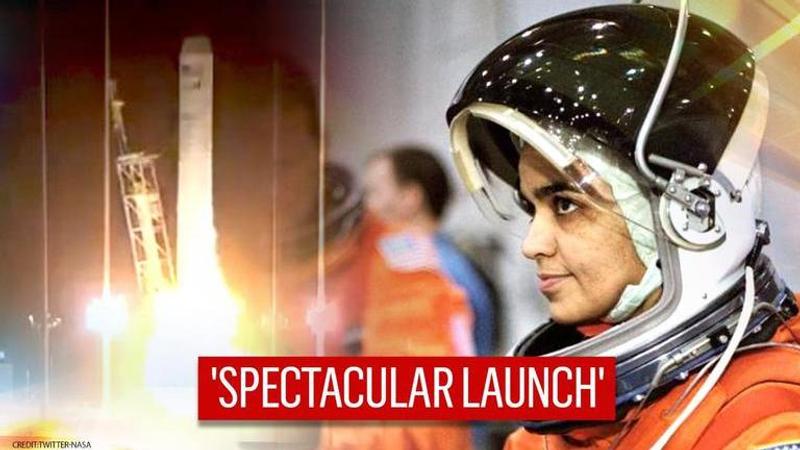Published 09:55 IST, October 3rd 2020
NASA launches SS Kalpana Chawla Cygnus to International Space Station
Northrop Grumman launched their next Cygnus vehicle, the S.S. Kalpana Chawla, and their Antares rocket for the NG-14 mission to the Space Station.

Northrop Grumman launched their next Cygnus vehicle, the S.S. Kalpana Chawla, and their Antares rocket for the NG-14 mission to the International Space Station. The flight will deliver thousands of kilograms/pounds of equipment, crew supplies, and science to the orbital outpost. Liftoff occurred Friday, October 2 at 21:16 EDT (Saturday, 3 October at 01:16 UTC) from Pad 0A at the Mid-Atlantic Regional Spaceport in Virginia.
Northrop Grumman launches SS Kalpana Chawla Cygnus
The first and foremost, NG-14 is tasked with delivering a host of pressurised cargo including science experiments, crew supplied general maintenance equipment and personal items to the International Space Station. SS Kalpana Chawla Cygnus is the only remaining operational US vehicle that does not dock to Space Station but instead berths. Cygnus is set to approach the outpost after a 2-day rendezvous. On arriving, it will be around 10 meters below the International Space Station and at that time NASA astronaut Chris Cassidy and Russian cosmonaut Ivan Vagner will use the Station's robotic arm named 'Canadarm2', to reach out to the spacecraft and then physically berth it to a port on the Unity (Node-1) module.
After the spacecraft SS Kalpana Chawla will be secured, the crew members will click pictures of the vehicle to document its arrival condition before they removing the newly delivered Cargo, said NASA. Once the cargo is removed, Cygnus will serve as an extended lab to the International Space Station. Some of the experiments will be performed in the new extended laboratory.
The launch of Northrop Grumman's Antares rocket and next Cygnus vehicle, named after Indian-American astronaut Kalpana Chawla, was earlier scrubbed about 2 minutes and 40 seconds before liftoff. The National Aeronautics and Space Administration (NASA) said the launch was scrubbed due to an unknown problem with a component of ground support equipment.
SS Kalpana Chawla Cygnus
SS Kalpana Chawla Cygnus which has been launched in the space by Northrop Grumman is made up of a Pressurised Cargo Module. Both the sections of this spacecraft had arrived separately in August. Once it was integrated together, Cygnus was shifted to Horizontal Integration Facility where the rest of the Antares rocket will be attached to it. In order to keep up with the tradition of naming every Cygnus vehicle after someone who has contributed in the field of space exploration, Northrop Grumman decided to honour Dr Kalpana Chawla.
Kalpana Chawla was the first Indian-born woman to travel to space. She was born on March 17, 1962, and completed her Bachelor of Engineering in Aeronautical engineering from Punjab Engineering College in India and later moved to the United States in 1982. Chawla died on February 1, 2003, in the Space Shuttle Columbia disaster along with her other crew members. Columbia disintegrated over Texas while it was re-entering into the Earth's atmosphere.
Updated 09:56 IST, October 3rd 2020



